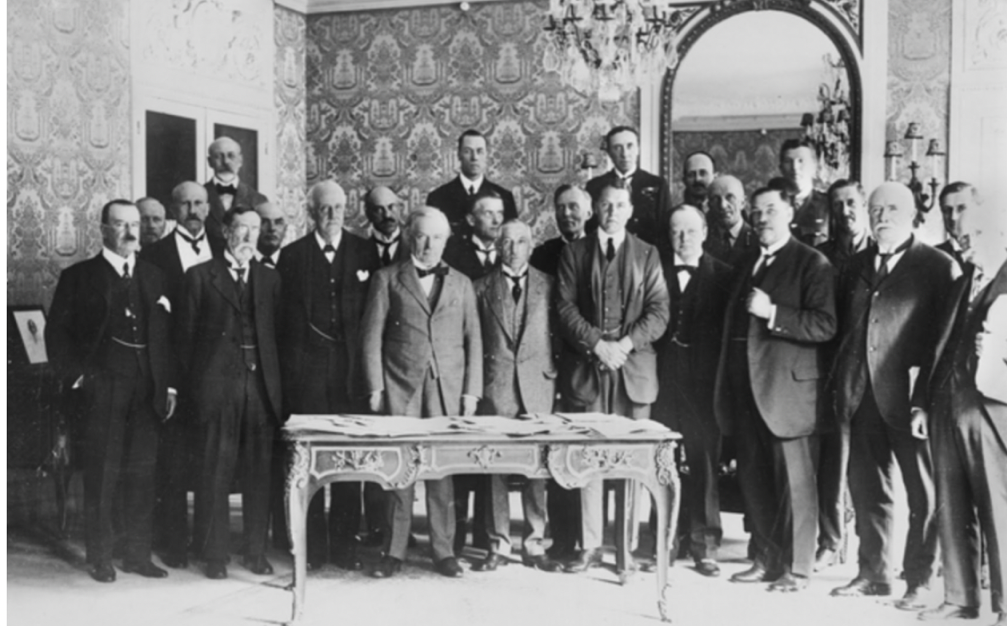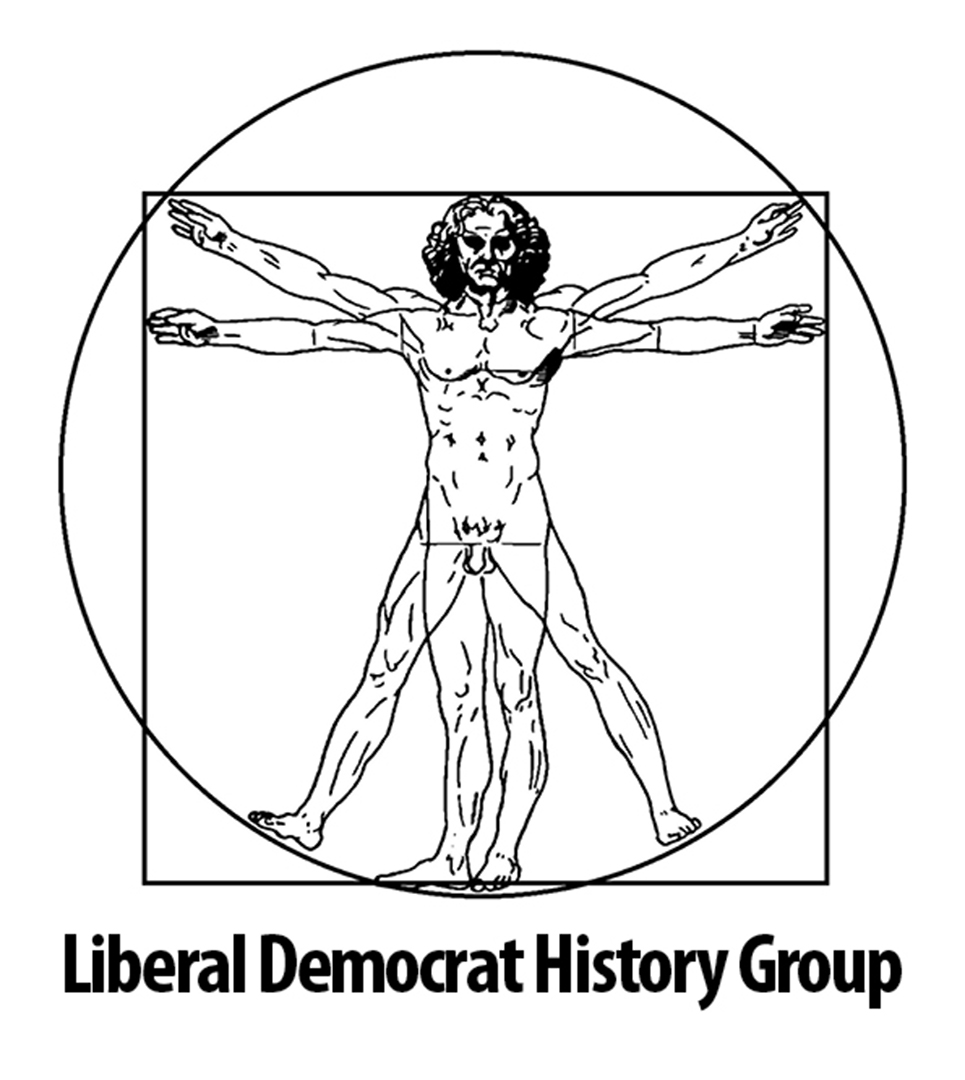Formed in 1839, the Anti-Corn Law League became the leading proponent in the campaign to repeal the Corn Laws and was later recognised as an inaugural model for the modern day pressure group. The League rejected protectionism on the grounds that it impeded political and economic progress and harmed Britain’s export trade in manufactured goods, by restricting the ability of foreign traders to acquire British currency through the sale of foodstuffs.
The roots of the Anti-Corn Law League stemmed from the establishment of the National Corn Law Association in London, in 1836, and the subsequent formation of the Manchester Anti-Corn Law Association in the Autumn of 1838, when the campaign first evolved into a mass movement. The following March, a conference of Association delegates formally voted to establish an Anti Corn Law League, with headquarters in the northern city.
The League’s Manchester base had particular poignancy given the city’s reputation as a leading importer of raw materials and key centre of manufacturing. The site of the infamous Peterloo massacre, at St Peter’s Field, became home to the organisation, which was so large that no building in Manchester had the capacity to hold a full meeting of its members. The organisation therefore constructed it’s own accommodation and a temporary pavilion, opened in January 1840, was soon succeeded by a brick structure, before finally being replaced by a stone building in 1856.
In March 1838, the Wolverhampton MP, C. P. Villiers moved the first in a series of annual motions calling for a full enquiry into the operation of the Corn Laws. Although a handful of Whig ministers supported his motion the following year, the League soon discovered that it’s desire for a complete repeal of the legislation was not shared by most members of the Government. Despite hesitation in some quarters, the organisation decided to assert its independence and thus became estranged from the Whig administration. The League then embarked on a campaign to secure direct representation at Westminster and supported the election of the cotton manufacturer, R. H. Greg, as an MP for Manchester, in September 1839. The League decided to contest it’s own seats in the General Election of 1841 and after a promising result, the organisation’s founding member and leader, Richard Cobden, led a number of his colleagues into Parliament. Cobden, an Alderman, elected as the MP for Stockport, became the League’s leading parliamentary personality and strategist. In 1843, he was joined in the Commons by the Rochdale cotton spinner and Quaker, John Bright. Elected as the MP for Durham, Bright was the League’s most accomplished and powerful public speaker and toured the length and breadth of the country with his free trade message.
The League was the first organisation of its kind to employ a range of popular campaigning techniques that are still used today. Various methods from petitions, to mass meetings and strikes were utilised in order to spread antipathy towards the Corn Laws and highlight the unjust nature of protection, which was harming the interests of the masses by inflating the cost of bread, a staple part of the working man’s diet.
From April 1839, the League began publishing an anti-Corn Law circular, which later evolved into a weekly publication, known simply as The League. Moreover, the organisation published hundreds of books and pamphlets on the merits of free trade, which they were able to distribute cheaply following the introduction of the penny post in April 1840. Supported by a high level of subscriptions, the League was also able to spread its message by employing hundreds of paid public speakers to address meetings throughout the country. These paid campaigners were able to supplement and professionalise the work of the League’s existing army of volunteers. The League was able to popularise its appeal by penning anti-Corn Law songs and hosting anti-Corn Law dances. The organisation also arranged major events such as the Anti-Corn Law Bazaar, which was held at the Manchester Theatre Royal, at the beginning of 1842 and followed by a Great Exhibition -style event at Covent Garden, in May 1845.
In 1841, the Whig Government fell and was replaced by a Tory administration under Sir Robert Peel. To some extent, Peel neutered the free trade campaign in 1842, when he opted to combine the re-introduction of income tax with a lowering of the sliding scale on corn. Nonetheless, Cobden and Bright were able to sustain support for their cause by presenting protectionism as a tool of repression used by the aristocracy, to retain their privileged position over the masses. This sparked a great debate about the legitimacy of the interests of the landed classes, as opposed to those of industrialists and the working population; hence the League gained further support as Chartism became increasingly redundant as a populist cause. By 1845, the League was the most well funded and sophisticated political organisation in Britain, having secured backing from a number of the country’s leading industrialists.
Following Peel’s fiscal reforms, the League stepped up its electoral activity, with the aim of securing a Parliamentary force strong enough to achieve a complete repeal of the Corn Laws. Every voter in the country received a packet of publications promoting the merits of free trade and committees were founded in each borough to ensure that eligible supporters were placed on the electoral register. Cobden also drew up a list of target seats where supporters of the League were most likely to win, in order to focus campaigning efforts more effectively.
The full abolition of the Corn Laws in 1846 marked the successful culmination of the League’s work in mobilising popular support against protection. Some historians have since claimed that the League’s success also acted as its achilles heel, possibly deterring Peel from moving towards complete repeal at an earlier date. Certainly, the League attracted criticism from its opponents over the use of questionable election tactics, such as bribery and corruption, but these methods were used in equal measure by both sides. The League was also accused inciting disorder amongst the working classes during the depression of 1841-42, which may also have discredited its campaign. Nonetheless, by disseminating a range of popular propaganda and gaining a foothold in Parliament, the Anti-Corn Law League was able to capture the public imagination and become the most influential pressure group of its time.

Journal of Liberal History
For the discussion and research of Liberal, Liberal Democrat and SDP history
Developed and hosted by Prater Raines
